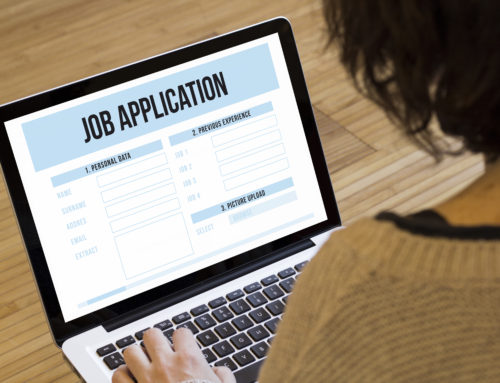Get Back on Your Feet After a Layoff
After termination of a job and drastic drop in income it would be natural to panic, but there are steps you can take to help alleviate the worry.
Step 1: Take Financial Inventory
If you haven’t already taken inventory of your finances, now is a great time to see where you stand and start tracking.
If you already track your finances but are unsure where you currently stand, now is the time to update your financial records and take inventory.
And, if you keep tabs monthly, weekly or even daily well congratulations you are half-way to where you need to be!
If you have all of the statements, documents and file data you need, you’ll want to enter in your sources of income and your expenses into a spreadsheet like the ‘personal budget creator’ we’ve added for your convenience.
Personal Budget Creator —————————(link to spreadsheet)
As you enter your financial information into the personal budget creator it will become clear that, during hard times, you can cut many of your expenses.
Expenses Checklist: To understand all of your expenses, look at your bank and credit card statements itemized list. They will give you a clear picture of where you spend your money.
Below is a checklist of expenses that are likely in your statement:
☐ Housing (rent or mortgage fall in this group)
☐ Utilities (electricity, water, phone, internet, etc. fall into this group)
☐ Food: (groceries and eating out can be totaled to fall in this group)
☐ Clothing
☐ Transportation: (auto loan and gas can be totaled to fall in this group)
☐ Childcare
☐ Medical/Dental
☐ Credit Cards
☐ Miscellaneous Bills
☐ Insurance
☐ Taxes
☐ Household Repairs
☐ Savings
☐ Investments
What you should evaluate when trying to optimize your personal financial obligations:
Typically your expenses will fall into three categories: Necessary Basic Needs, Desired Needs and Discretionary needs. We’ve added a dropdown menu in the spreadsheet under the categories column so that you can easily decide or change which category your expense falls under. For instance, up to this point maybe your clothing was a necessary basic need, but now (due to lockdown, job loss or remote virtual work) it is purely discretionary spending.
Step 2: Cut Expenses
Now that you have your income and expenses listed and categorized it’s time for eliminating expenses. Think of it as temporary, but it will most definitely benefit you in the long run if you decide to keep these cuts. You’ll need to total your income. Total your necessary basic needs and determine if you have any money left over. It’s always best to cut all desired needs and discretionary needs in hard times. If you have an income need over your necessary basic needs, you may need to sell your car for a more affordable one. Or move to an apartment with cheaper rent.
Step 3: Increase your Sources of Income
“But, I just lost my job,” you may say. While that is true, you may be eligible for unemployment. And, if you aren’t eligible for unemployment maybe you have a side gig or investments that pay a dividend, or you rent a room in your house. Brainstorming may lead you to ideas you hadn’t thought of for increasing your income.
If you need immediate help, give us a call at (844) 646-4473 or schedule a free consultation
Join Our Webinar - 4 Things to Consider Before Laying Off Your Workforce that can Help Save Your Business
Save Your Business and Help Your Employees Navigate Furlough or Layoffs with Compassion
In the webinar you will learn...
- How to earn your employees' trust and protect your employer reputation
- How to keep your furloughed employees engaged during the COVID-19 Crisis
- How to compassionately save your business and your employees
- How to get your employees back to work quicker after things go back to normal






Leave A Comment